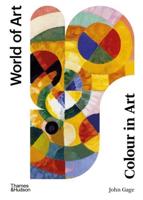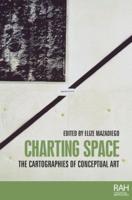Publisher's Synopsis
Excerpt from Exposition Universelle, 1900, Vol. 9: The Chefs-D'oeuvre; Applied Art, by V. Champier; Centennial and Retrospective, by A. Saglo; Art and Architecture, by W. Walton
The United States of America has participated in this movement, and the mechanical schools, as well as the technical institutes, of Boston, Philadelphia, New York, and Chicago, are now producing results. Which are far from being without significance. There is a general effort in every country to snatch artistic supremacy from its neighbors, and to come forth triumphant from the sharp competition which arouses the most intense rivalry.
Which among all the nations of the present day will carry off the honor of supremacy in the matters of art and good taste in manufactured products? What has the Exposition of 1900 to disclose to us in that direction? Will it tell us that there has been no change in the familiar classifications, established by, previous expositions, of the meritorious qualities characteristic of the work of each country in respect to these matters? Or, will it show us, on the contrary, that the nations of the old world, which were, by virtue of their ancient traditions, undisputed masters of grace and refinement, are no longer alone in giving direction to this movement; that they are dethroned from their former exclusive supremacy; and that the sceptre of art, whether they will or not, is henceforth to be held in common by several nations which were formerly of little or no account, but whose new-born star is rising?
About the Publisher
Forgotten Books publishes hundreds of thousands of rare and classic books. Find more at www.forgottenbooks.com
This book is a reproduction of an important historical work. Forgotten Books uses state-of-the-art technology to digitally reconstruct the work, preserving the original format whilst repairing imperfections present in the aged copy. In rare cases, an imperfection in the original, such as a blemish or missing page, may be replicated in our edition. We do, however, repair the vast majority of imperfections successfully; any imperfections that remain are intentionally left to preserve the state of such historical works.









